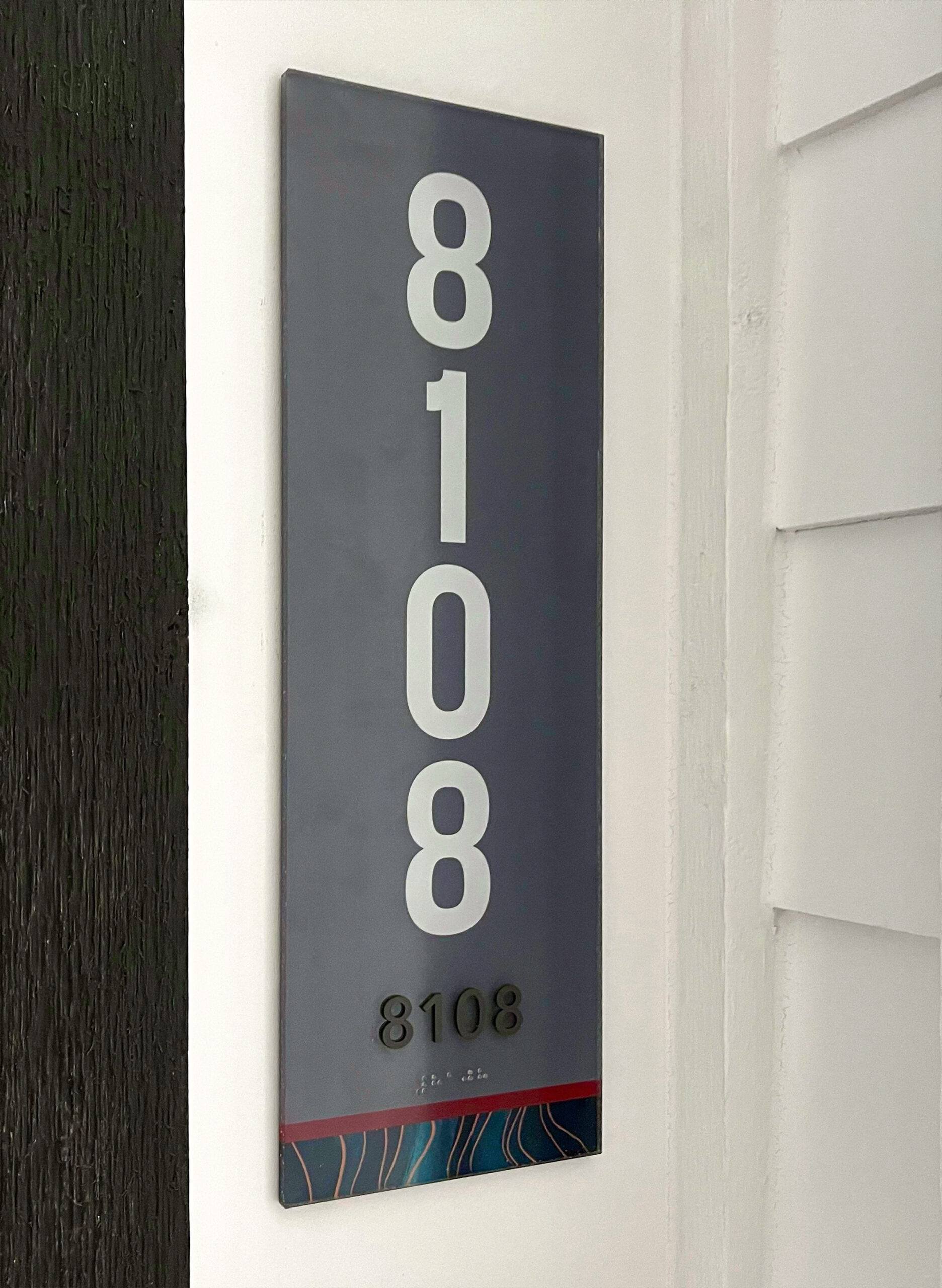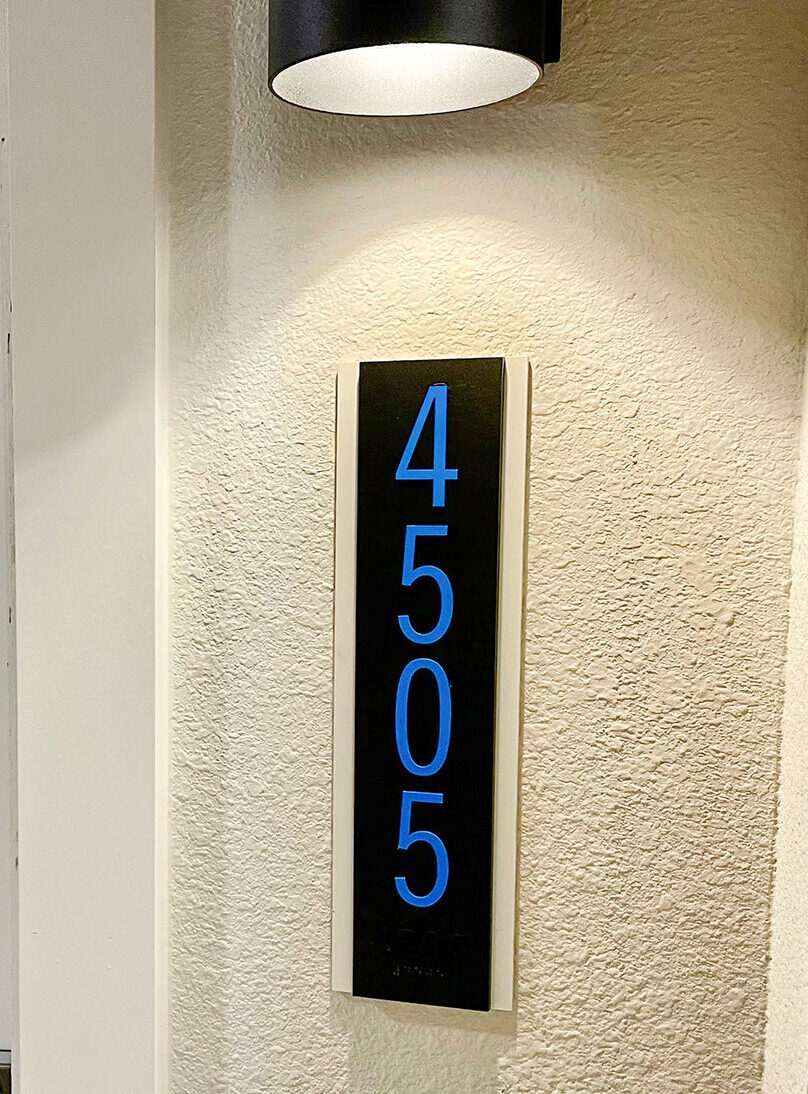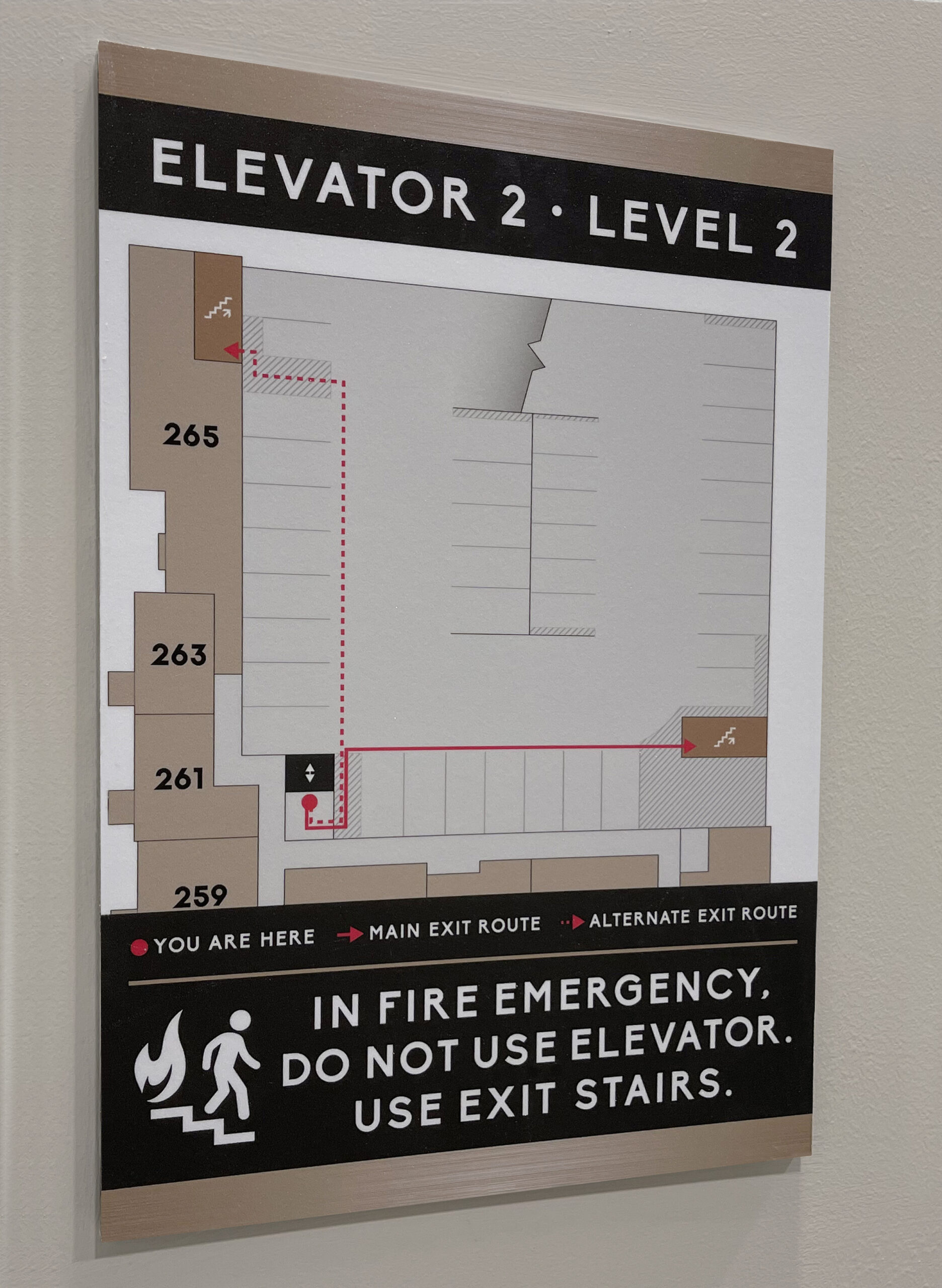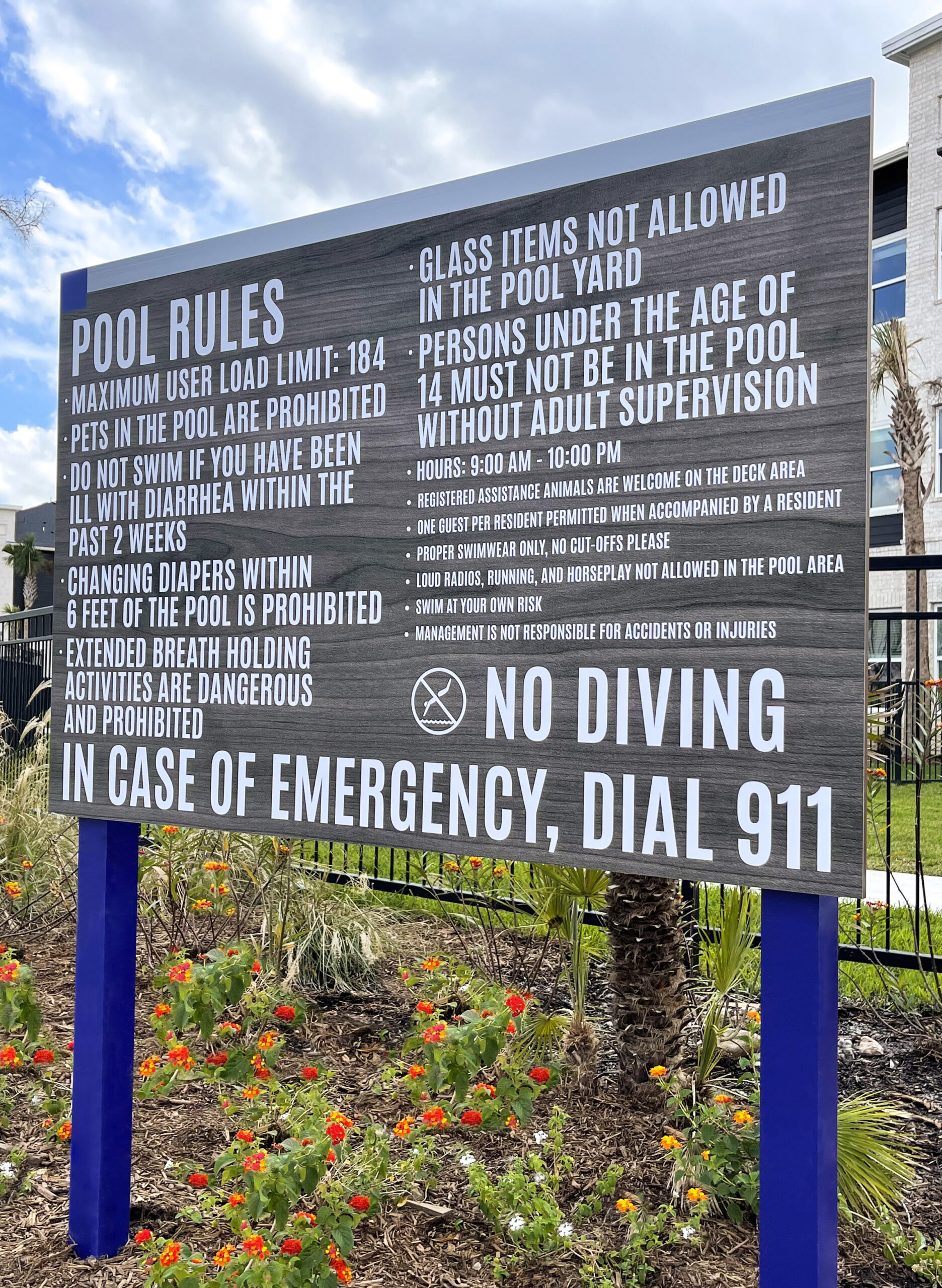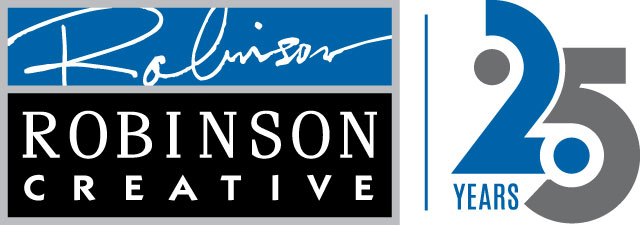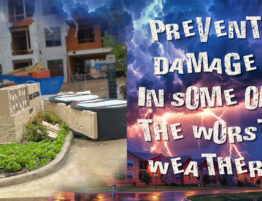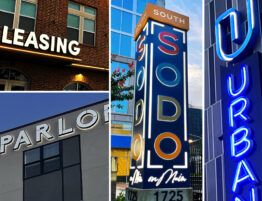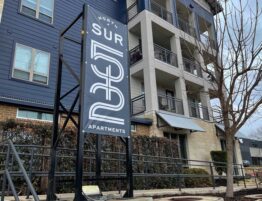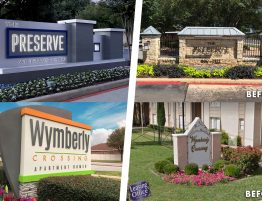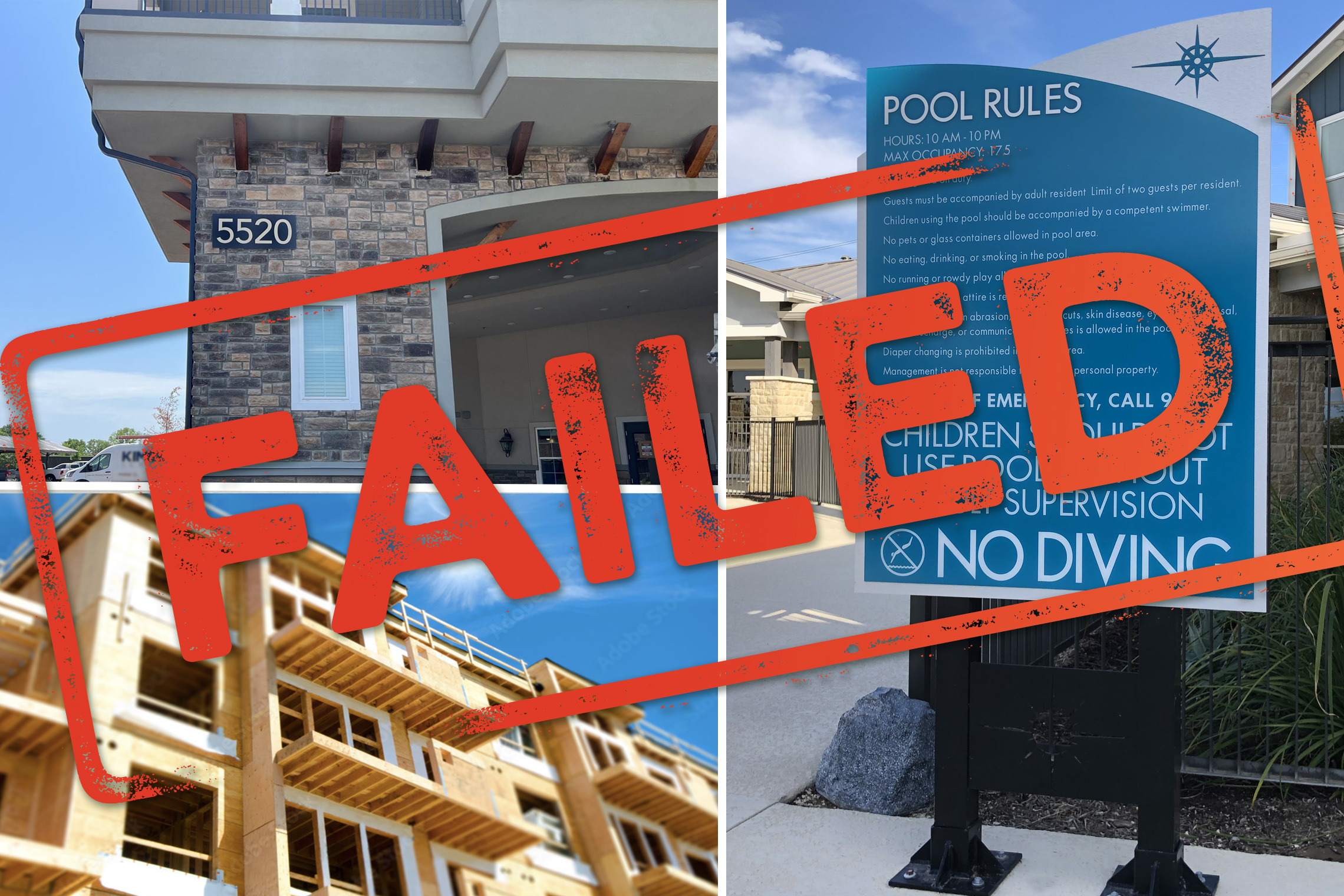
A new construction project faces a ton of obstacles. What you don’t need is more ADA requirements, City permit woes and signs that are not properly vetted… leading to delayed opens and harsh fines.
Here’s the dirt on why they don’t want you to be successful!
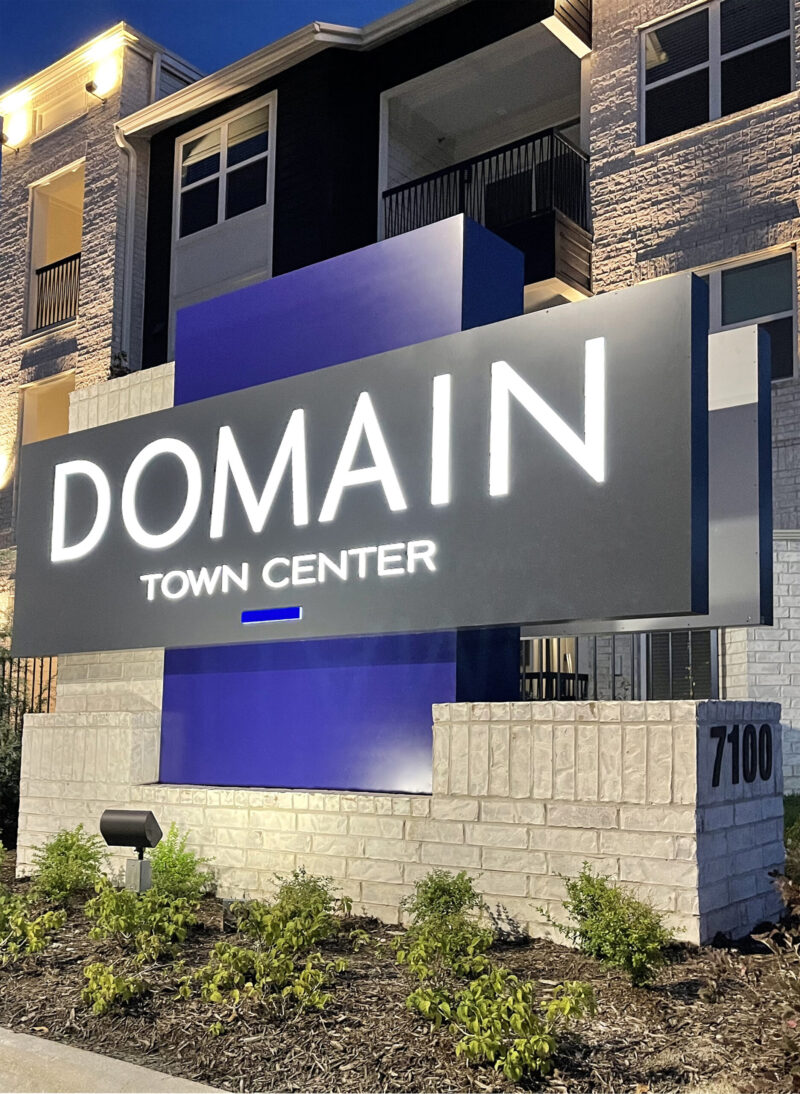
Let’s face it. Signage is a necessary component of multifamily. You must have identification so prospects know who you are and can easily identify your community while traveling at a certain speed. However, City restrictions can make identifying your property a literal nightmare! A community must also comply with a host of fire codes, local parameters, state health codes, accessibility requirements and national building standards. It is a daunting task with expensive penalties, failed inspections, and it could delay your open date!
In its history, Robinson Creative has seen some shocking City demands when it comes to signage. These are often hurdles that must have a work-around… and it’s not getting any better! Let’s start with your major identification. It is crucial a project be identified with attractive, compelling and branded monument or building identification. If possible, it must also be illuminated 24/7 for both day and night awareness. But if your community is located in a PUD, ARC or HOA, you must meet established criteria on top of your City or County requirements. Plus, because utilities are often located in the most visible front areas, signage must be located behind property lines but not positioned in easements. Permits are the next hurdle. Cities are getting more selective on the specifics, requiring engineer drawings, multiple inspections, proof of ownership, registered DBA, and more.
As far as community signs, most developers don’t realize that signage is not a luxury but a requirement. There are often few signs that are considered a convenience. Unfortunately, those that don’t do their homework or hire a multifamily sign expert, find themselves in hot water. Sign requirements are confusing because they must meet local, health, state and national codes. In many cases local codes may challenge accessibility and national criteria. One example, for a local 4” high unit number, City demands must also display a secondary tactile ADA unit number that must be 3/4″ to 2” in height. If you don’t post proper amenity policies or indicate stairwells or exits, you can become liable for accidents or failed emergency response… And these rules are constantly changing!
Robinson Creative actually researches all codes so the client meets requirements and opens on time. It is arduous. Every community is unique with a combination of local, city and state codes. Therefore each area also has its unique parameters. Often, RC must research codes in advance of any estimate in order to provide proper sizes, quantities and locations. It is crucial a client has all information upfront; keeping headaches to a minimum. Realize codes can also change last minute. In an attempt to secure advance approvals, Robinson often will contact Fire Marshals and City Officials to approve specific signs so inspections are met. However, know that your local inspectors may change their preferences on a whim, requiring changes or additional signs.
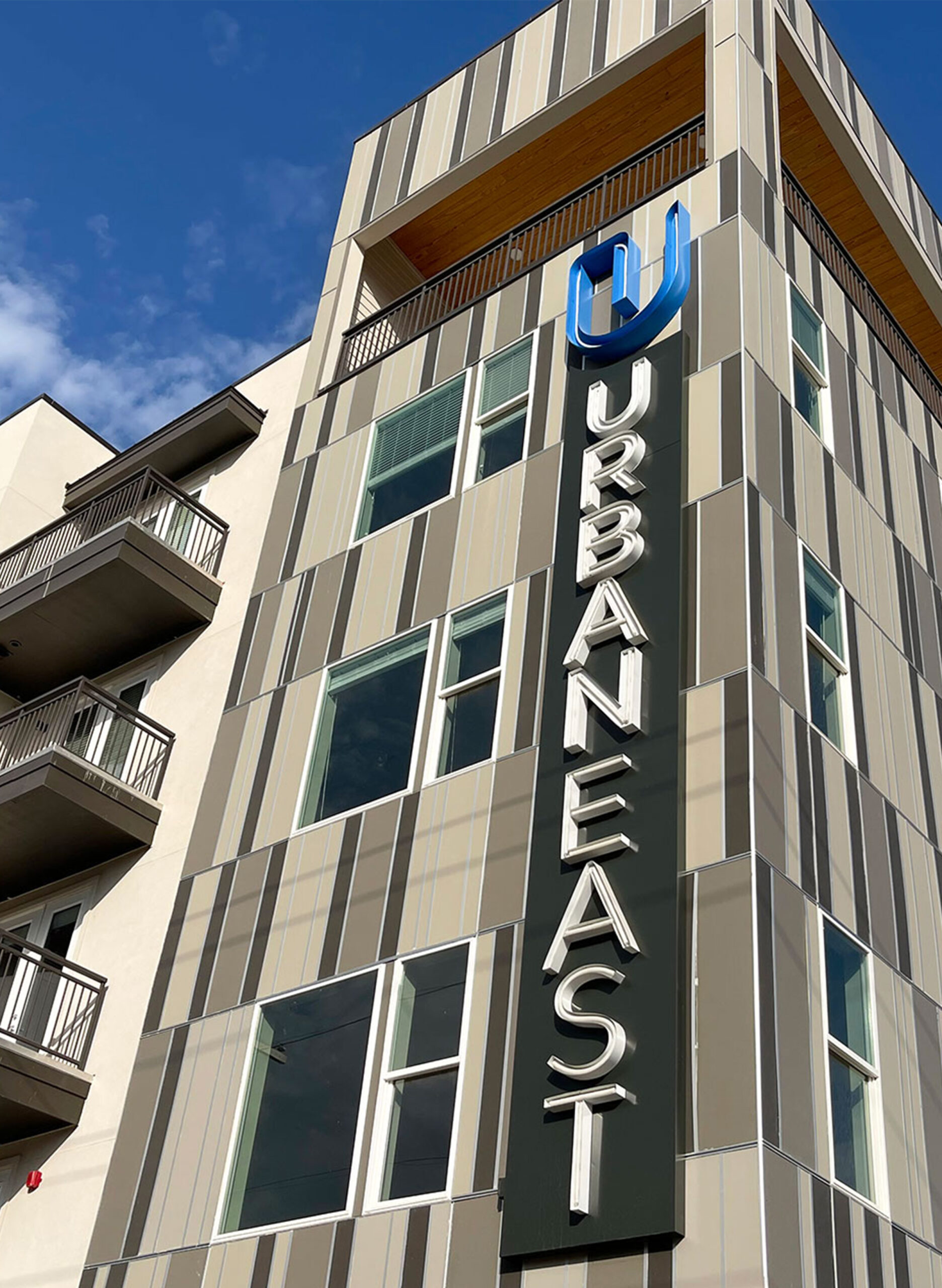
Because developers and owners are focused on completing construction and opening the community, they don’t realize the signage requirements that must be met, or it could jeopardize the property now and into the future. It truly is the industry’s dirty little secret!
